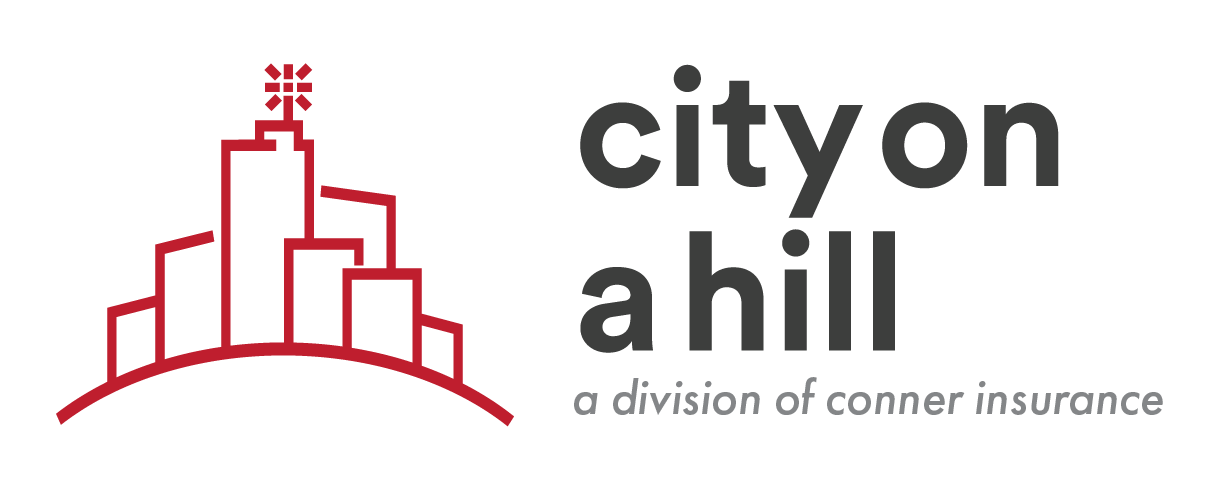Insurance plans are a way to manage risk and protect from loss. Your benefits plan on the other hand is a potential tool for growth and gain. In other words, when we look at insurance as a transaction we are missing the opportunity to see our benefits plan as a strategy for improving our organization.
When deciding on a benefits plan, choosing the most expensive plan feels like the path of least resistance, because in theory a costly plan is more comprehensive. However, a standard plan is not developed with your people in mind, and in any other area of business, we would not consider the risk of implementing a procedure that is not designed for our organization.
With the diverse nature in schools today one of the most important tasks in taking care of your employees is listening to them.
The Problems with Some Benefits Plans
Flexibility and choice is key to providing a benefits plan that is focused on the health, wellness and future of your people. By listening to what your employees need, your benefits plan becomes more likely to be fully utilized which can introduce cost-saving capabilities leaving more money in the budget.
Quality of care will look different for different school boards. However, we find there are common areas of concern in many benefits. They are:
- Employees are almost always overpaying for prescription drugs. With greater control, you can source the exact same prescriptions for significantly lower rates in nearly all cases.
- Plan perks may not match the needs of the population. Different types of workforces often benefit from different kinds of benefits, so a generic benefits plan often ends up having large chunks of programs that are underutilized.
- Quality of care is not a priority in the current plan. Traditional benefits programs push patients to certain networks with no insight into the actual quality of the care they receive, which can mean more pain and suffering from employees as well as more downtime. With a more thorough approach, your people can see higher-rated professionals–often for a lower cost.
- Communication and support are lacking. Navigating a benefits plan is typically a major frustration for employees, especially if they need to talk to an insurance company. This leads to a poor experience and underutilized benefits, but with a concierge or dedicated support person available, experience and care can actually improve.
Keep in mind, even a great benefits plan can fall short if you aren’t properly equipping your people to use it.
Addressing the Delivery and Ongoing Benefits Education
Providing a written handbook, no matter how comprehensive and discussing the package in detail during the onboarding process (a time that is usually hectic for a new employee) is often not enough. Benefits training and ongoing support for all employees should be addressed often, for all staff, all year.
The use of technology in the form of apps or an employee website can give employees the ability to view their benefits at all times. Some employers are even looking to utilize decision-support tools to support their employees, which can make the decision process faster and easier.
Engaging team leaders, who are often the first to know about personal challenges an employee faces, is also a great way to support employees which can improve employee morale and overall culture of the school. Designating dedicated support people, within the school board or an expert in benefits for educational institutions can further support these tools for success.
Adapting Your Plan to the Needs of Your People
Adapting your benefits plan to the changing needs of the population and growth of the organization can continue to improve employee recruitment and retention, while maximizing your cost-savings. What was a well utilized benefit last year, could become under utilized next year. For example, paid parking expenses for teachers may be less valuable in a world of online schooling.
Encouraging a happy and healthy workforce is a primary concern for most employers and perhaps most important in a school setting, where your employees have a direct impact on the next generation. A benefits plan based on what your employees need is not only protecting your school but creating an environment for nurturing education.







